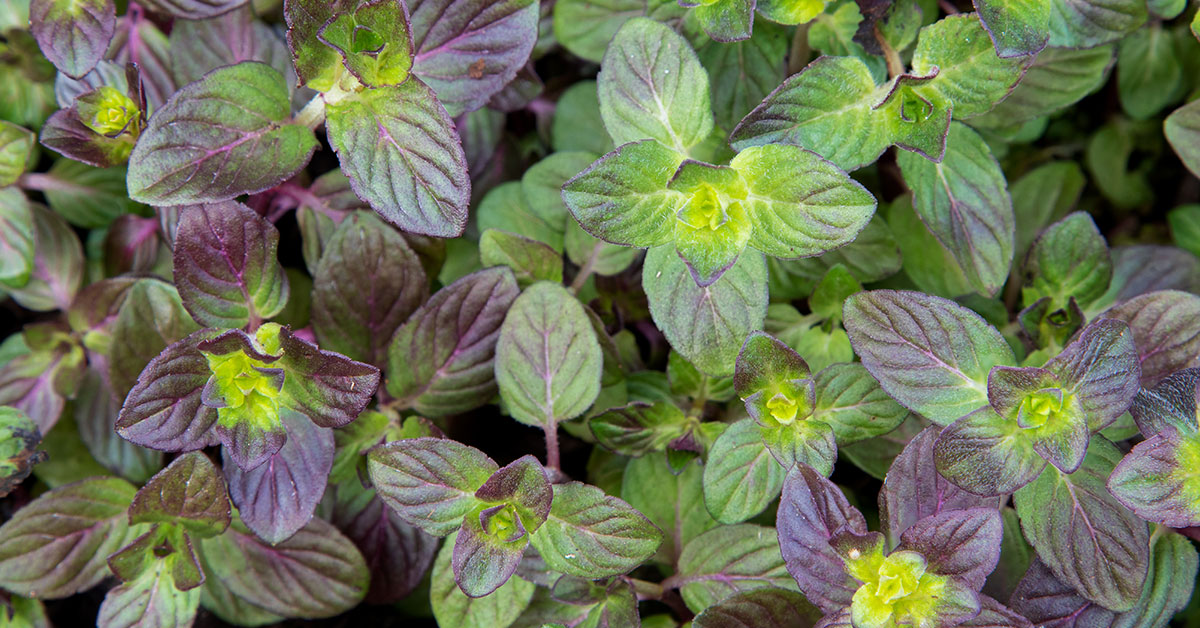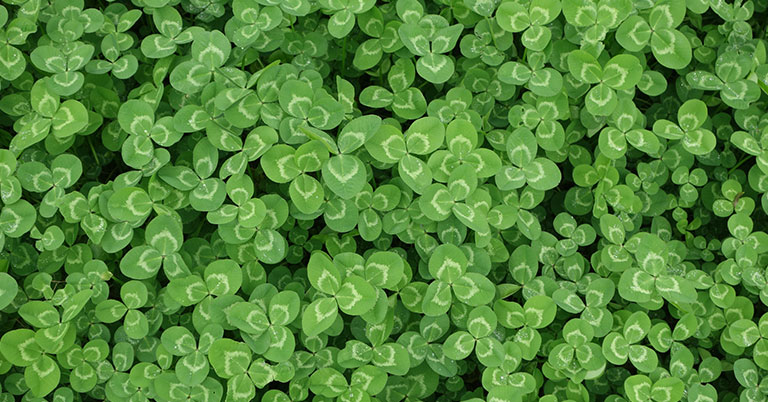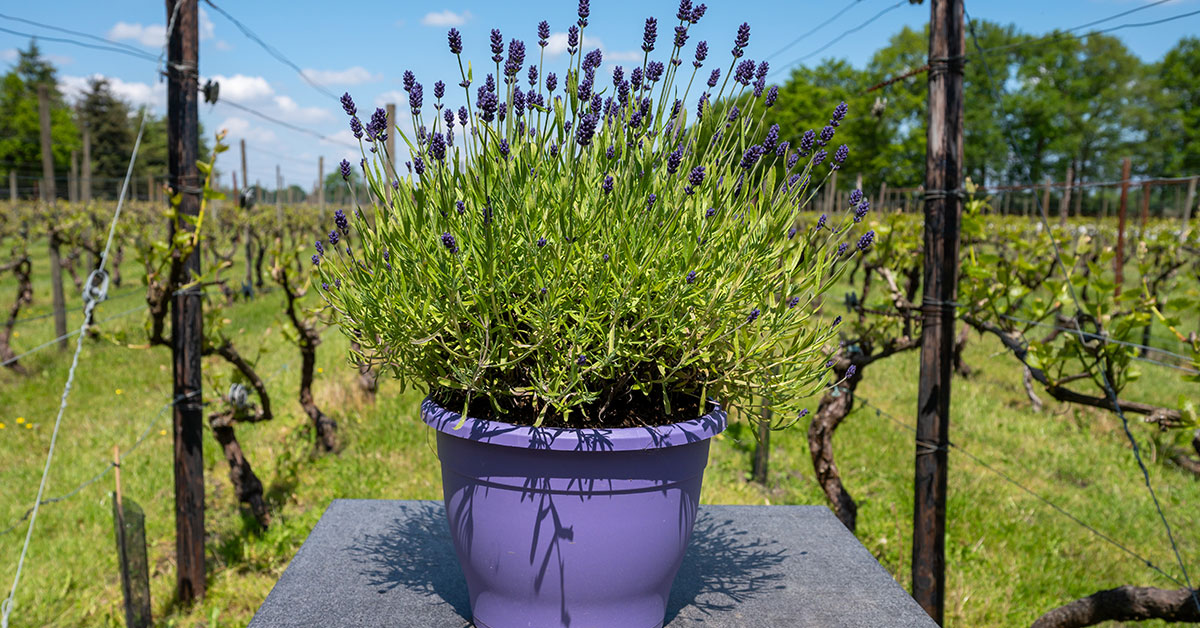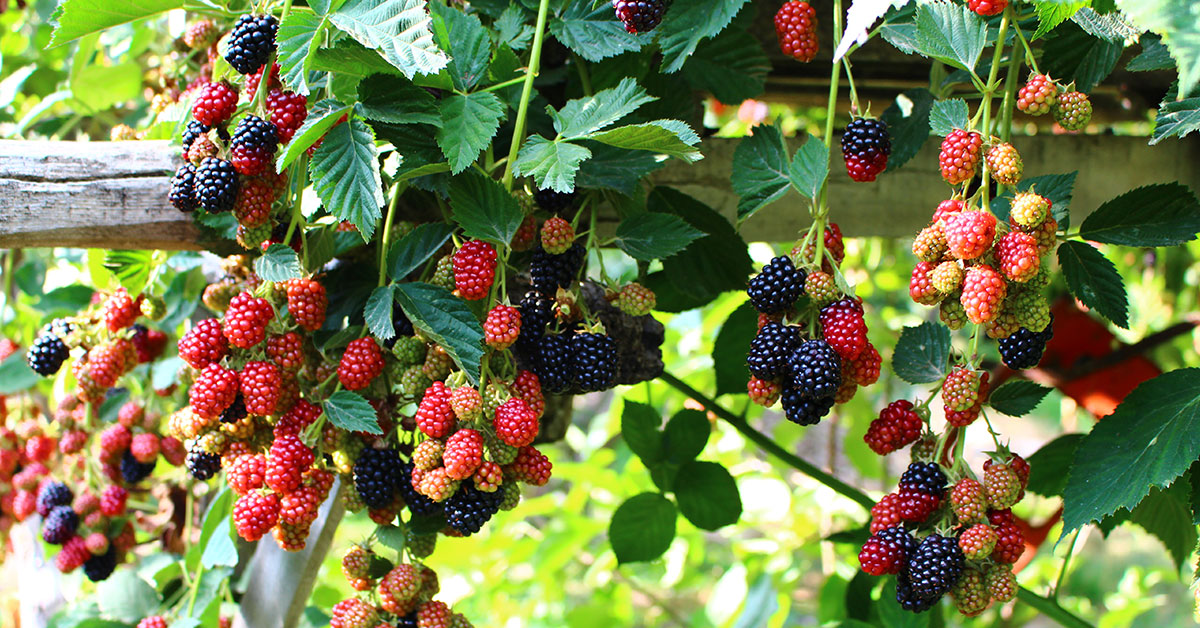Baby spinach is a nutrient-packed and versatile leafy green that is a staple in many healthy diets. Whether you are a seasoned gardener looking to add a new crop to your garden or a beginner looking to start your own mini vegetable patch, baby spinach is a fantastic choice.
This compact and tender variety of spinach is not only easy to grow, but it also packs a punch when it comes to nutrition. Packed with vitamins, minerals, and antioxidants, baby spinach is a superfood that offers a plethora of health benefits.
In this article, we will explore everything you need to know about growing, caring for, and harvesting baby spinach, as well as some delicious ways to incorporate it into your meals. So, grab your gardening tools and get ready to embark on a journey of cultivating this delightful green leafy vegetable.
What is a Baby Spinach?
Baby spinach refers to the young, tender leaves of the spinach plant. It is harvested at an early stage of growth, usually between 15-35 days after planting. Baby spinach leaves are smaller in size compared to mature spinach leaves and have a delicate, mild flavor. The leaves of baby spinach are typically bright green in color with a smooth, tender texture. They are highly nutritious, packed with vitamins A, C, and K, as well as minerals like iron and calcium.
Baby spinach is also low in calories, making it a popular choice for those looking to maintain a healthy diet. Due to its mild taste and tender texture, baby spinach is often used raw in salads, sandwiches, and wraps. It can also be added to smoothies or used as a topping for pizzas and pasta dishes. Baby spinach can be easily grown in containers or in garden beds, making it accessible for home gardeners to cultivate. It is a cool-season crop that thrives in well-drained soil and prefers partial shade to full sun.
When growing baby spinach, it is important to keep the soil consistently moist and provide regular fertilization. Harvesting can be done by plucking the outer leaves individually or by cutting the entire plant a few inches above the soil level. Regular harvesting promotes continuous growth and ensures a fresh supply of baby spinach throughout the growing season.
What does Baby Spinach taste like?
Baby spinach has a mild and delicate flavor. It is slightly sweet with a hint of bitterness, similar to mature spinach but milder in taste. The leaves are tender and have a crisp texture, making them enjoyable to eat raw in salads or added to various dishes. The taste of baby spinach can vary slightly depending on the variety and freshness, but overall, it is refreshing and pleasant on the palate.
How to start from seed
Starting baby spinach from seeds is a relatively easy process. Here’s a step-by-step guide to help you get started:
- Choose the right time: Baby spinach prefers cooler temperatures, so it’s best to sow the seeds in early spring or late summer/early fall, depending on your climate. It’s important to avoid extreme heat as it can cause the spinach to bolt (go to seed) prematurely.
- Prepare the soil: Spinach prefers well-draining soil that is rich in organic matter. Work the soil to a depth of around 6-8 inches, removing any weeds or debris. Amend the soil with compost or well-rotted manure to improve its fertility and moisture retention.
- Sow the seeds: Scatter the spinach seeds evenly over the prepared soil. Spinach seeds are quite small, so you may find it helpful to mix them with some sand to help with even distribution. Aim for a spacing of around 1 inch between seeds. Gently press the seeds into the soil, ensuring they are well in contact with the soil.
- Water: After sowing the seeds, water the area thoroughly but gently to ensure the soil is evenly moist. Avoid overwatering, as it can cause the seeds to rot. Keep the soil consistently moist during the germination period.
- Germination: Spinach seeds typically germinate within 7-14 days, depending on the temperature. Ideal germination temperatures are around 55-65°F (13-18°C). You can cover the area with a thin layer of mulch to help retain moisture and regulate temperature.
- Thin the seedlings: Once the seedlings have emerged and have grown their first true leaves (usually around 2-3 weeks after sowing), thin them out to provide enough space for each plant to grow. Thin to a spacing of around 4-6 inches between plants. You can either gently pull out the extra seedlings or use scissors to snip them off at the soil level.
- Care and maintenance: Keep the soil consistently moist throughout the growing season, as spinach prefers evenly moist conditions. Water deeply and regularly, especially during dry spells. Mulching around the plants can help conserve moisture and suppress weeds.
- Harvesting: Baby spinach can be harvested when the leaves are young and tender, typically around 25-30 days after sowing, depending on the variety. You can harvest individual leaves as needed by cutting them off near the base, or you can harvest the entire plant by cutting it just above the soil level.
By following these steps, you should be able to successfully start baby spinach from seeds and enjoy a fresh harvest of nutritious greens.
Planting and growing Baby Spinach
Planting and growing baby spinach can be a rewarding experience. Here are the steps to successfully plant and grow baby spinach:
- Selecting the right time: Baby spinach is a cool-season crop that thrives in temperatures between 50°F (10°C) and 75°F (24°C). It is best to plant it in early spring or late summer/early fall, avoiding extreme hot or cold temperatures.
- Choosing the right location: Baby spinach prefers well-drained soil with a slightly acidic to neutral pH level (around 6.0-7.0). Select a location that receives partial sun or dappled shade, especially during the warmer parts of the day.
- Preparing the soil: Prepare the soil by removing any weeds, rocks, or debris. Loosen the soil to a depth of around 6-8 inches (15-20 cm) and incorporate organic matter like compost or well-rotted manure to improve fertility and drainage.
- Sowing the seeds: Scatter the spinach seeds evenly over the prepared soil, aiming for a spacing of about 1 inch (2.5 cm) between seeds. Alternatively, you can sow the seeds in rows with a spacing of 6-8 inches (15-20 cm) between each row. Lightly press the seeds into the soil or cover them with a thin layer of loose soil.
- Watering: After sowing, water the seeds gently but thoroughly, ensuring the soil is evenly moist. Continue to provide consistent moisture throughout the growing season to prevent the soil from drying out. However, avoid overwatering, as this can lead to root rot.
- Thinning the seedlings: Once the seedlings emerge and reach a height of 2-3 inches (5-7.5 cm), thin them out to ensure proper spacing. Thin the plants to maintain a spacing of about 4-6 inches (10-15 cm) between each plant. The thinned seedlings can be enjoyed as baby spinach leaves in salads.
- Fertilizing: These plants benefit from regular feeding. Apply a balanced, slow-release fertilizer or a liquid fertilizer every 4-6 weeks according to the package instructions. Avoid excessive nitrogen, as this can lead to excessive leaf growth and reduced flavor.
- Pest and disease control: Monitor your baby spinach plants regularly for common pests like aphids, snails, or slugs. If needed, employ organic pest control methods such as handpicking, companion planting, or using organic insecticides. Proper air circulation and avoiding overwatering can help prevent diseases such as fungal leaf spots or downy mildew.
- Harvesting: Baby spinach leaves can be harvested when they reach a size of 2-4 inches (5-10 cm) in height, usually around 25-35 days after sowing. Harvest the outer leaves by cutting them off at the base, leaving the inner leaves to continue growing. This allows for multiple harvests over an extended period.
By following these steps, you can enjoy a bountiful harvest of fresh and tender baby spinach leaves.
When to harvest
The best time to harvest baby spinach is when the leaves are young and tender, usually around 25-35 days after sowing. You can start harvesting when the leaves have grown to about 3-4 inches in length. It’s important to harvest baby spinach before the leaves become mature and start to bolt, as the flavor and texture are best when the leaves are still young. Regularly harvesting the outer leaves of the plant will encourage more growth and allow you to enjoy a continuous harvest throughout the growing season.














